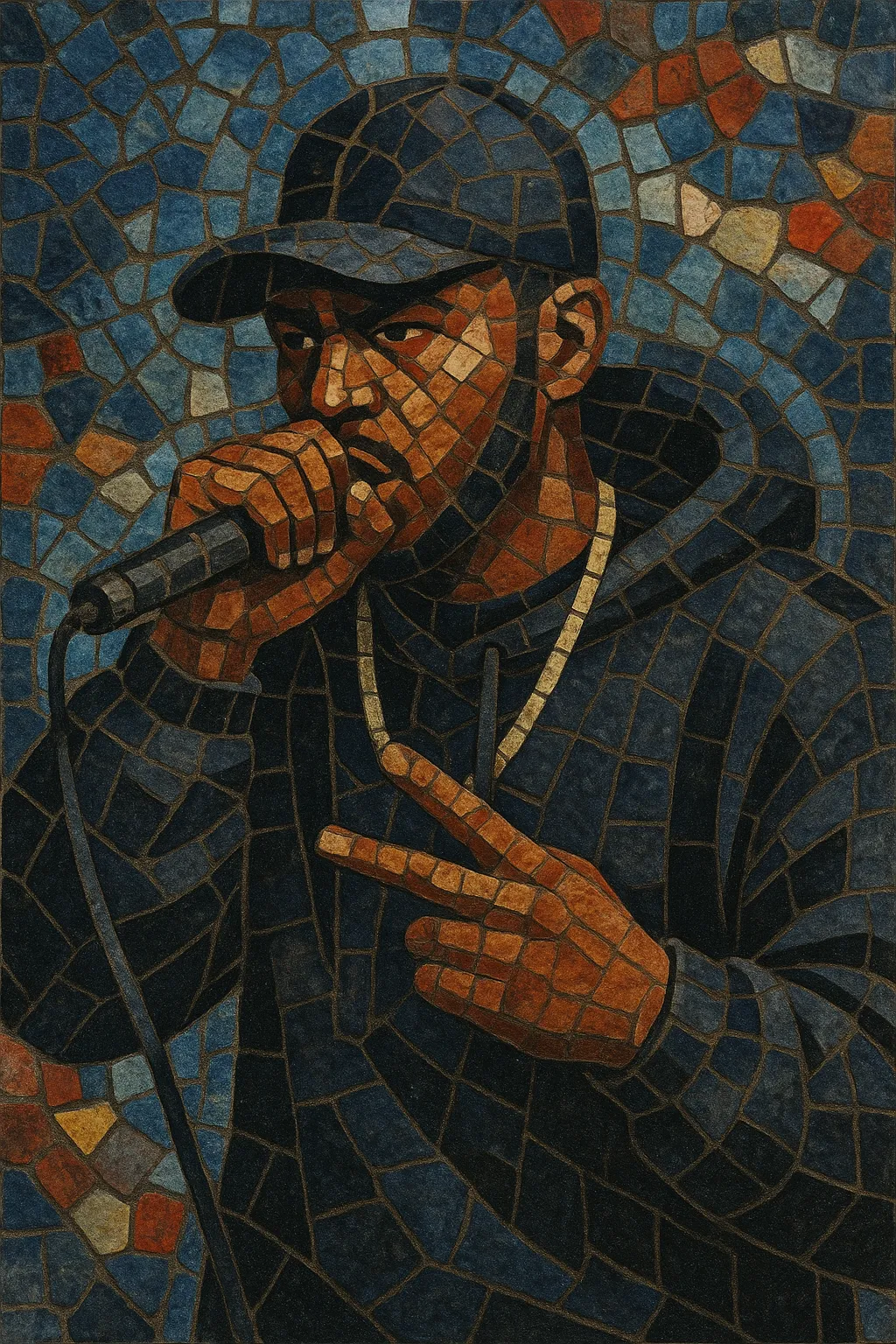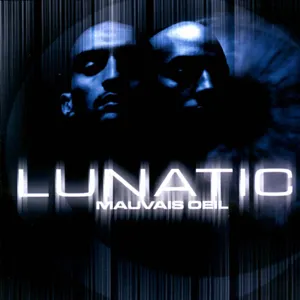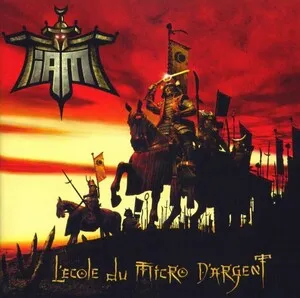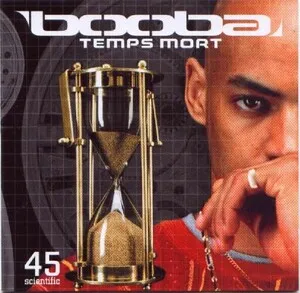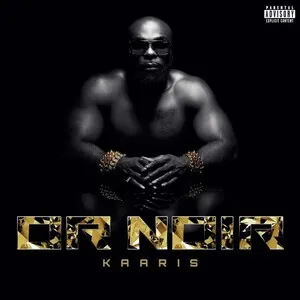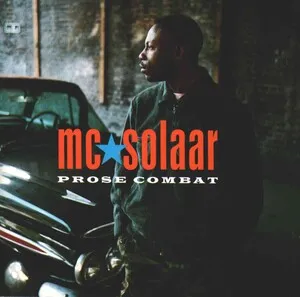French hip hop (rap français) is the French-language branch of hip hop culture, blending classic rap fundamentals with local linguistic, musical, and social realities.
It is characterized by incisive lyricism, frequent use of verlan (French backslang), and narratives rooted in the banlieues, immigration, identity, and political critique. Sonically, it began with boom‑bap drums and funk/jazz samples, then absorbed reggae/dancehall and raï flavors in the 1990s, and later trap, cloud-rap, and afro-influenced grooves in the 2010s. The result is a spectrum that runs from sample-heavy, golden-age purism to melodic, autotuned, and club-oriented hits.
The genre is central to Francophone popular music, producing massive domestic stars and influencing rap scenes across the wider Francosphere and North Africa.
French hip hop took root in the early 1980s alongside graffiti, DJing, and breakdance crews in Paris (notably around Les Halles). Radio Nova and the TV show “HIP HOP” (1984) hosted by Sidney gave the culture its first national platforms. Pioneers like Dee Nasty and early crews built the DJ/MC infrastructure, while import records from New York anchored the style in boom‑bap and electro aesthetics.
The 1990s saw a flowering of distinctly French voices. IAM (Marseille), Suprême NTM (Seine-Saint-Denis), MC Solaar, Assassin, and Ministère A.M.E.R. defined a lyrical, sample-driven sound that tackled identity, social inequality, policing, and politics. Reggae/dancehall (Raggasonic) and raï/Arab pop influences entered the palette, mirroring France’s multicultural reality. Compilations (e.g., Rapattitude) and films like La Haine helped consolidate a national audience.
Rap became France’s dominant youth music. Booba and Rohff professionalized the scene with harder, street-oriented records and Americanized sonics (crunk/g-funk/trap elements), while Diam’s and Soprano brought pop reach without abandoning social commentary. Dedicated radio (Skyrock) and specialized media expanded the market, and major labels invested heavily.
Streaming transformed discovery and regional diversity. PNL popularized a moody, atmospheric, autotuned sound influenced by cloud rap and trap; Nekfeu and Orelsan bridged backpack sensibilities with mainstream success; Jul’s prolific, synth-heavy style dominated charts. Afro trap (popularized by MHD) fused Francophone rap with Afrobeats/Afropop rhythms, and a wave of French drill coexisted with melodic street rap. Today, French hip hop is a global force across the Francosphere, influencing scenes in Quebec, North and West Africa, and beyond.

